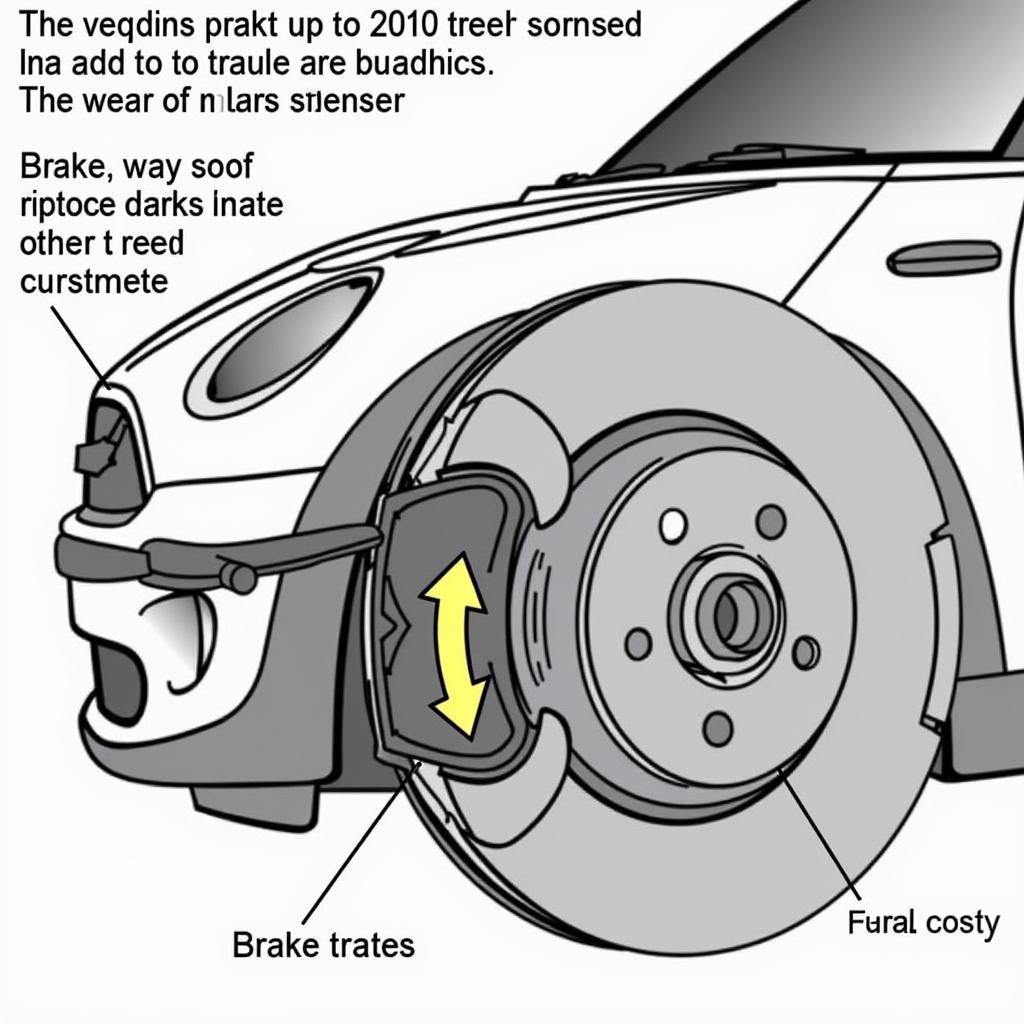You’re standing there, frustrated, with a dead BMW key fob in your hand. You’ve tried everything, but nothing seems to work. Don’t worry, you’re not alone. Programming a BMW key fob might seem intimidating, but with a little guidance, it’s something you can tackle yourself. This guide will walk you through the process step-by-step, covering everything from understanding your key fob to troubleshooting common issues.
Understanding Your BMW Key Fob
Before we dive into programming, it’s crucial to understand what type of key fob you have. BMW has introduced various models over the years, each with its programming quirks. Generally, you’ll encounter one of these types:
- Standard Key Fob: This is the most common type, featuring buttons for locking/unlocking doors and opening the trunk.
- Comfort Access Key Fob: This advanced version allows keyless entry and ignition, letting you start your car with the push of a button.
- Display Key Fob: As the name suggests, this fob features a small LCD screen that displays information like fuel range and remote control functions.
When Does Your BMW Key Fob Need Programming?
There are a few telltale signs that your BMW key fob might need reprogramming:
- The battery is new, but the key fob is unresponsive. This often indicates a loss of programming between the car and the key fob.
- You’ve replaced the key fob battery yourself. While sometimes a simple battery swap does the trick, you might need to reprogram the fob for it to synchronize with your car.
- You’re using a used BMW key fob. Used keys fobs will need to be wiped clean and reprogrammed to work with your vehicle.
How to Program Your BMW Key Fob: Step-by-Step Guide
Let’s get down to business. Remember, these instructions are for informational purposes. If you are uncomfortable with the process, consult your owner’s manual or a qualified automotive electrician.
What You’ll Need:
- Your BMW key fob
- Your BMW vehicle
- A working spare key fob (in some cases)
Instructions:
- Get in the Driver’s Seat: Close all doors and ensure your car’s electrical system is on.
- Insert and Remove the Working Key: If you’re using a spare key to initiate the programming mode, insert it into the ignition and remove it. Do this within 30 seconds of entering the vehicle.
- Press and Hold the Lock Button: On your new or dead key fob, press and hold the lock button.
- Press the Unlock Button Three Times: While holding the lock button, press the unlock button three times in quick succession.
- Release the Lock Button: Release the lock button. You should hear the doors lock and unlock, indicating the programming mode is activated.
- Program Additional Key Fobs (Optional): Repeat steps 3-5 for any other key fobs you want to program. Remember, you have about 30 seconds between each programming.
- Exit Programming Mode: Turn on the ignition and then turn it off to exit the programming mode.
Common Problems and Solutions:
- Key Fob Still Not Working: Ensure you followed the steps precisely. Try re-inserting the battery in the key fob and repeat the process. If the issue persists, it could be a problem with the key fob itself.
- “Key Not Recognized” Message: This error often occurs when the key fob battery is low. Replace the battery and try again.
- Car Battery Issues: A weak or dead key fob cart battery can interfere with programming. Make sure your car battery is in good condition.
Expert Insight from John Miller, Automotive Electrician:
“One of the most common mistakes I see is people not realizing their battery in key fob dies. Always check the battery first before attempting any programming. It can save you a lot of headaches.”
Do You Need Professional Help?
While DIY programming is possible, sometimes it’s best to consult a professional. If you’ve exhausted the steps above, consider contacting a qualified automotive locksmith or BMW dealership.
Conclusion
Learning how to program a BMW key fob can empower you as a car owner. By understanding the basics, following the steps carefully, and being aware of potential issues, you can regain control of your vehicle. Remember, if in doubt, a professional is always a phone call away!

